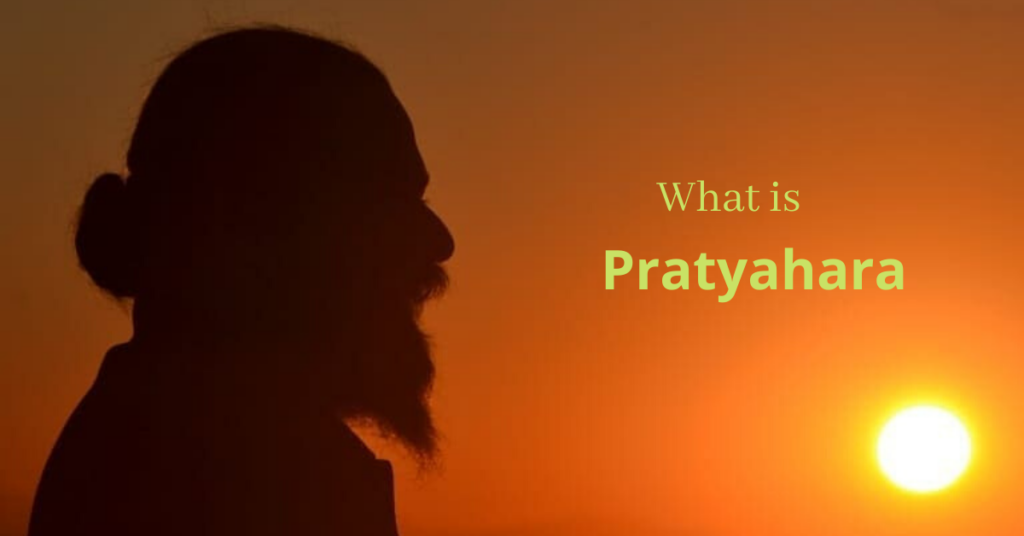What is Pratyahara
Pratyahara is mentioned in Patanjali Yoga Sutra (one of the most powerful, authentic and spiritual texts available on yoga.) as the fifth Limb of eight Limbs yoga system of this text. The inner journey starts and Before Pratyahara, body is aligning and making its own fitness for the real meditative states. Bodily fitness and the […]
What is Pratyahara Read More »


